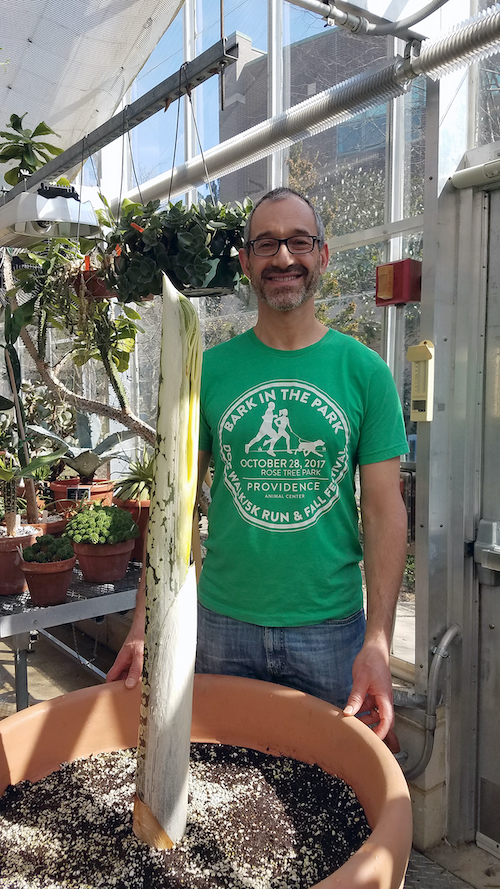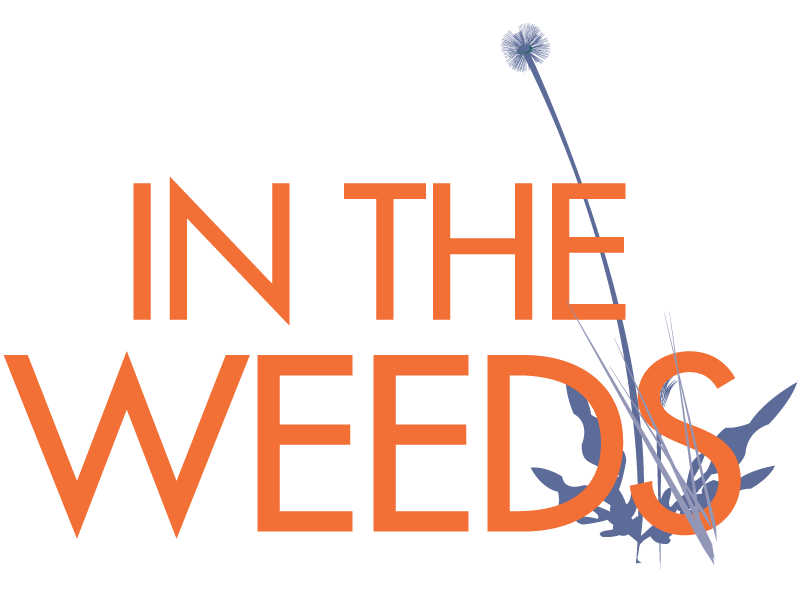Is it possible that opposition to GMOs on the left resembles climate change denial on the right? This is one of the startling things that emerges in my conversation with Nick Kaplinsky, specialist in genomics and chair of the biology department at Swarthmore College, with whom I discuss Nina Fedoroff’s book Mendel in the Kitchen on the genetic modification of food, going back the earliest domestication of crops such as wheat and corn, to foods currently labeled as “GMOs.”

Fedoroff makes is clear from her preface that what’s at stake in discussions of the science of genetically modified foods is wide-ranging and ethically in a grey area, beginning with the simple fact that an ever-growing human population puts tremendous pressure on the earth to provide enough food, a pressure that has been off-set, to some degree, by scientific innovations in agriculture, although some of those have come at a significant environmental cost as well.
Nick confirmed this emeshment: impossible to talk about GMOs without talking about the use to which they are put. Are you talking about “Big Ag” in the United States, which is subsidized by the government and, as he reminds me, encourages us to eat more meat than is good for us or for the environment, or are you talking about subsistence farmers in Bangladesh growing eggplants?
One particularly interesting case, referred to as the “poster-child for the Humanitarian use of GMOs,” is golden rice, a form of rice that has been genetically-modified to contain carotenoids, the pigment in plants that gives people the vital nutrient vitamin A. For the “poorest of the poor” who subsist mainly on rice, the absence of vitamin A in ordinary rice can lead to blindness and death. This new genetically-modified “golden rice” seeks to provide vitamin A through rice, yet, controversies over the technology of genetic modification have dramatically slowed the development of this crop.
In my conversation with Nick, I was also struck by the curious insight genetics can give us into who we are as humans. A picture emerges of a code (DNA) and of building blocks, so to speak, that are fundamentally the same for all living beings, so that – to take from the example of golden rice again – you can take a gene from a daffodil and insert it into a rice plant. It’s a reminder of the fundamental kinship we share with all living beings.
